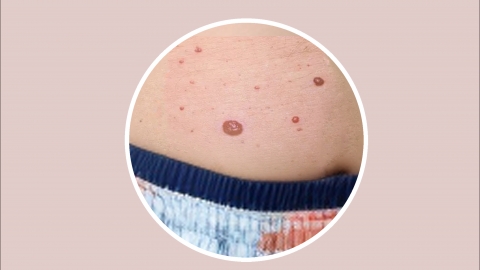What is microaneurysm?
Microaneurysms typically refer to small-diameter benign vascular abnormalities caused by abnormal proliferation, commonly occurring in areas such as the skin and retina. Most cases are asymptomatic, while a minority may be associated with underlying medical conditions. If there are concerns, it is recommended to seek medical consultation early. Detailed analysis is as follows:

In most cases, microaneurysms are benign and asymptomatic, frequently appearing on the skin surface as tiny red or purplish-red spots that may fade upon pressure. They grow slowly and generally do not pose significant health risks. These lesions are usually caused by mild proliferation of local vascular endothelial cells and require no specific treatment—regular monitoring for any changes is sufficient.
In some instances, microaneurysms may be linked to underlying diseases. For example, retinal microaneurysms are often associated with metabolic disorders such as diabetes. Although they may cause no noticeable symptoms initially, over time they can impair vision. These cases reflect systemic health conditions manifesting in localized blood vessels and require management of the underlying disease, along with close monitoring of changes in the number and size of microaneurysms to prevent disease progression.
Upon discovering a microaneurysm, individuals should first consult a physician to determine its nature and cause, avoiding self-diagnosis that could delay proper care. If a microaneurysm increases significantly in size or number within a short period, or is accompanied by discomfort, prompt medical evaluation and intervention are necessary.







